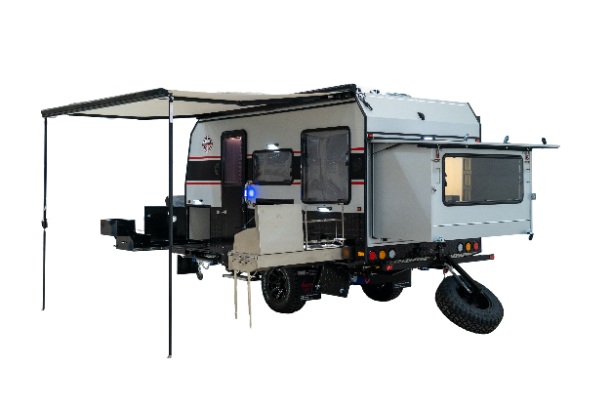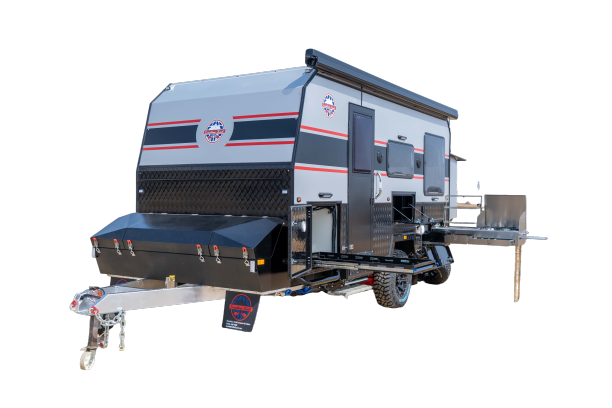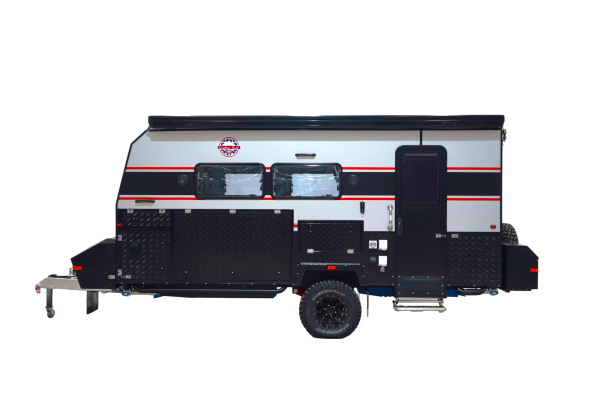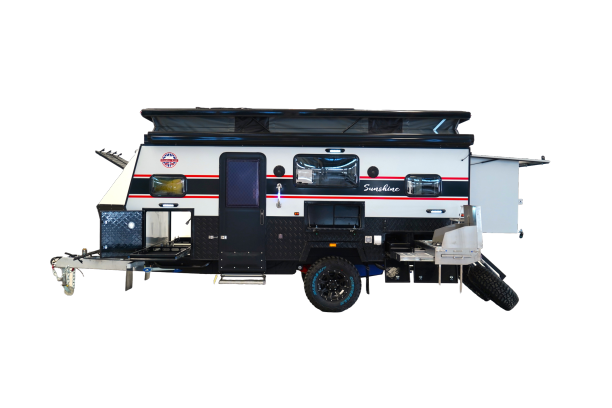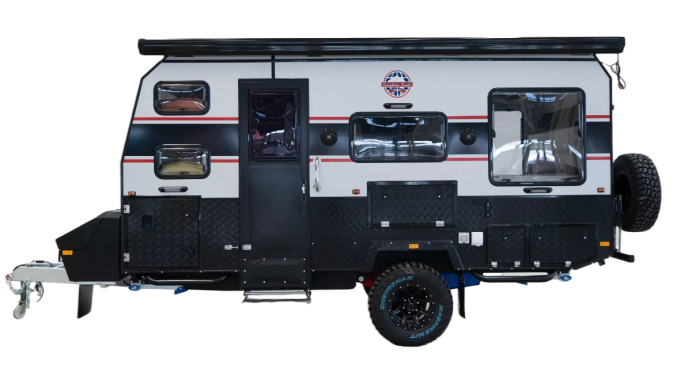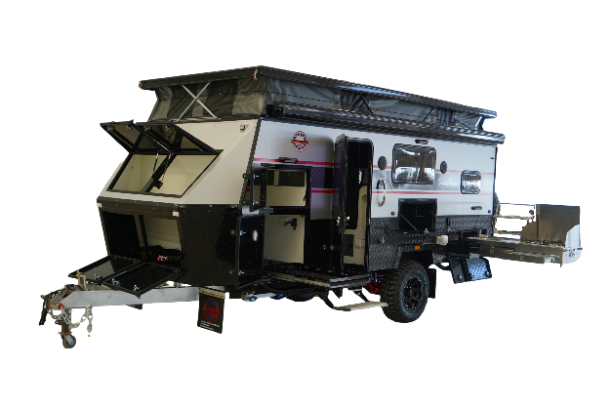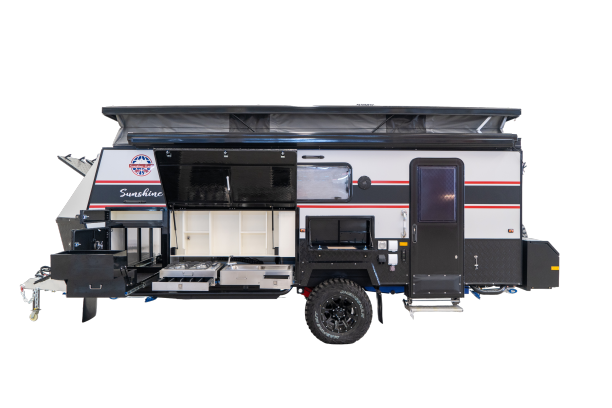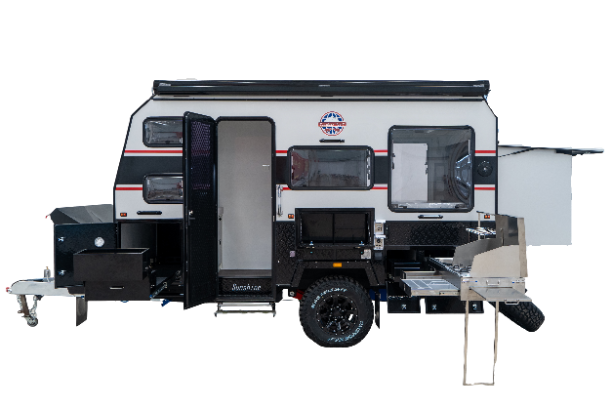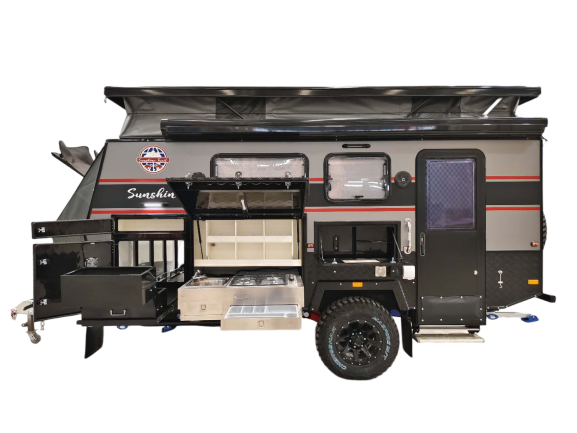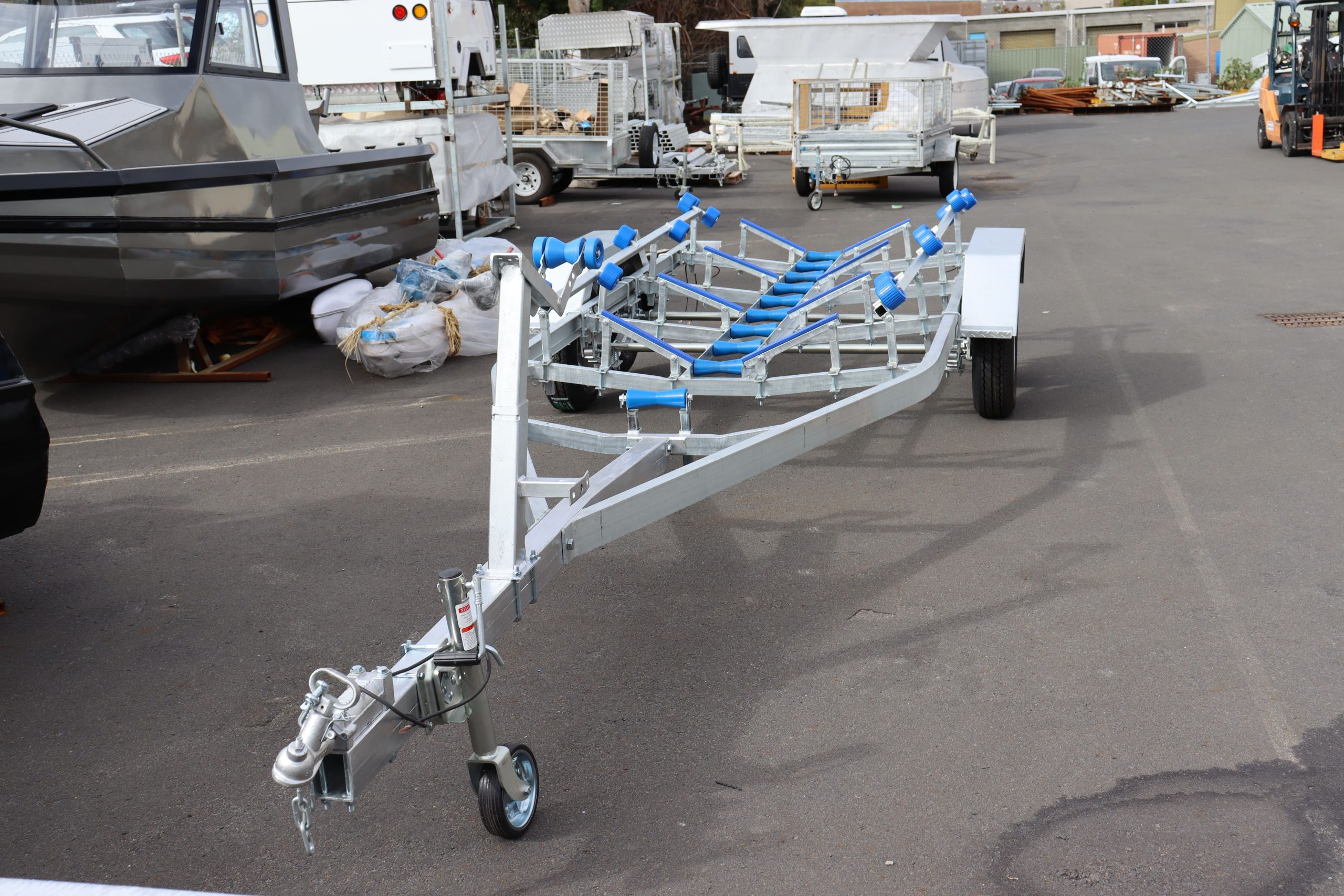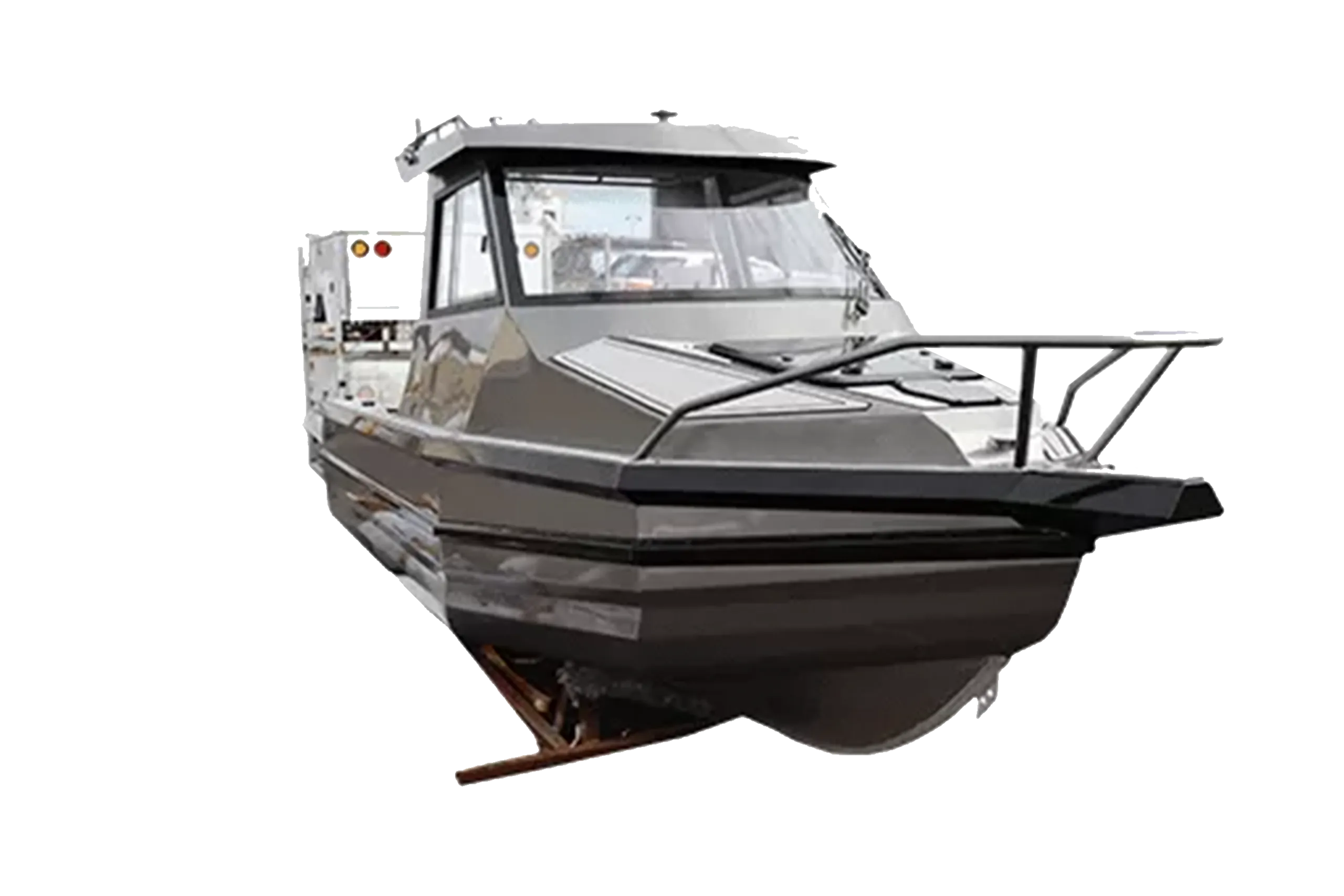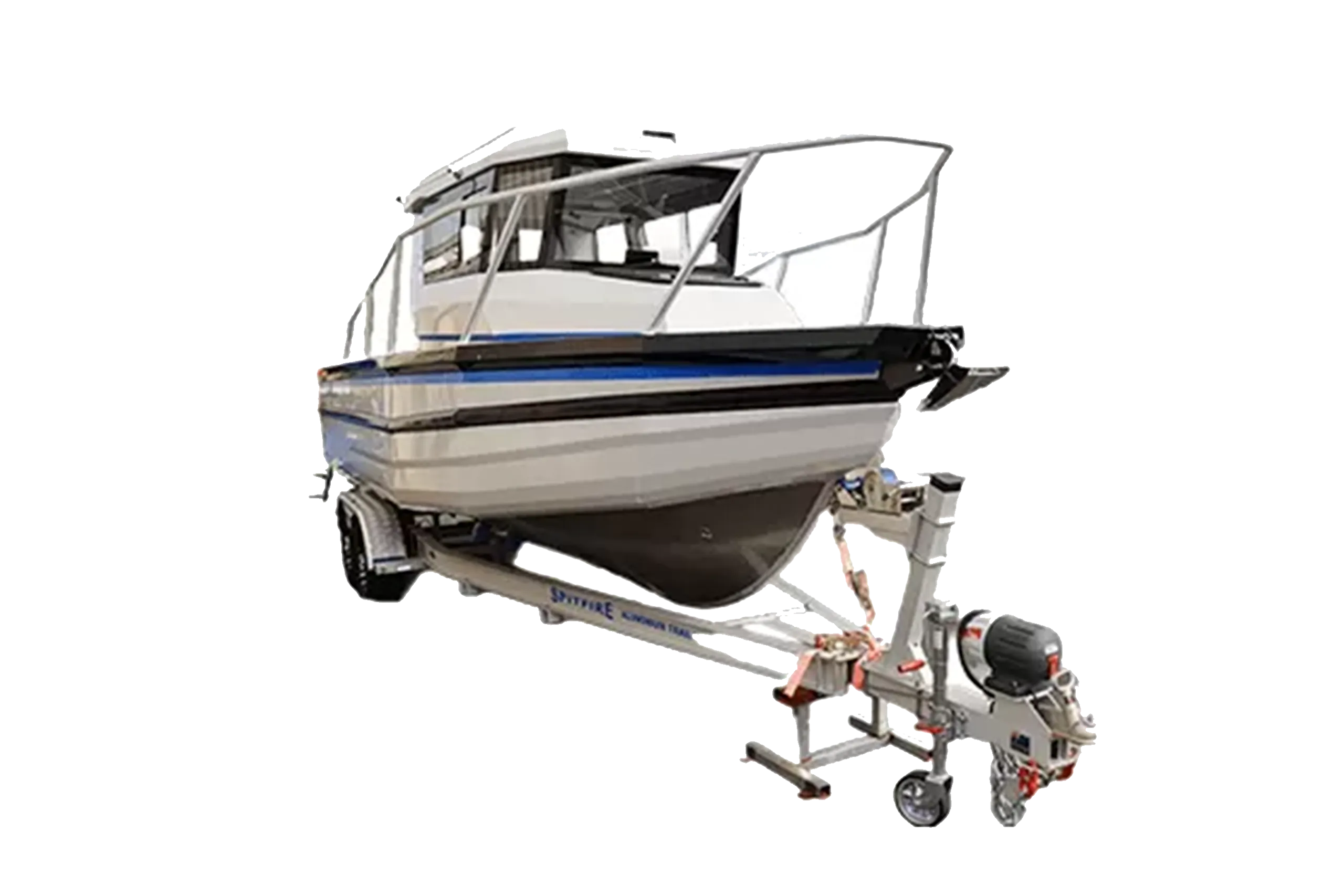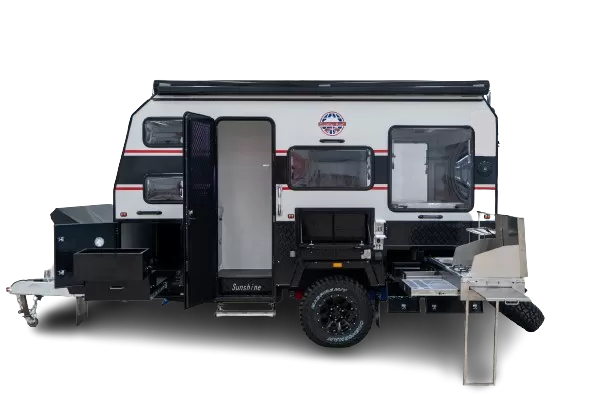Where Can I Park My Campervan in Australia?
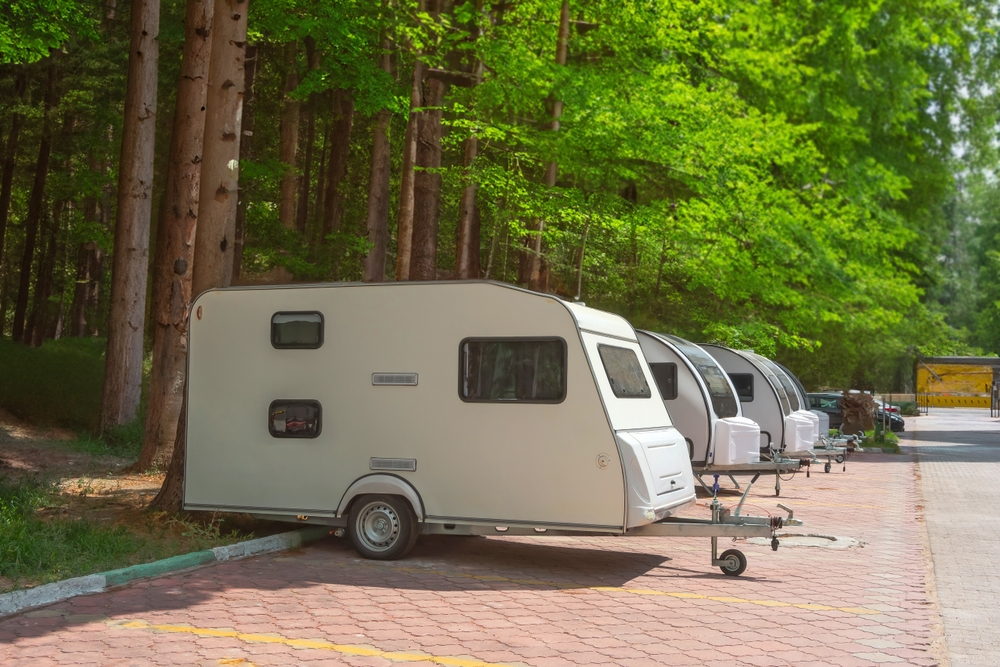
Sunshine Trail’s comprehensive guide provides an in-depth understanding of the rules, regulations, and parking options for campervans and motorhomes in Australia, addressing common questions about parking for newcomers and those familiar with the country’s camping lifestyle. Today, we are offering detailed blog post for those planning an adventurous journey in Australia. Wondering, can I park my campervan in Australia?
Park Campervan in Australia: Rules & Regulations
At Sunshine Trail, we understand that buying a campervan in Australia is a significant and we are here to make the process as smooth and enjoyable as possible. Our caravan and campers for sale are equipped with the latest features and amenities to ensure your trip is both convenient and unforgettable. Explore the scenic beauty of Western Australia with confidence, knowing that Sunshine Trail is your trusted partner for campervan sales and service, offering you the best campervan options in the region.
Parking and Camping Regulations:
Traveling around Australia in a campervan or motorhome is a popular and rewarding way to explore the country. However, it’s essential to understand the parking and camping regulations to have a safe and enjoyable experience. Fine details below about where you can park your campervan or motorhome in Australia:
National Parks:
Many national parks in Australia offer designated areas where you can park your campervan or motorhome. Though, in most cases, you’ll need to pay fees to stay overnight. National parks provide a range of camping options, from shared campgrounds to more secluded spots with minimal amenities.
Roadside Campervan Camping:
While campervans can park alongside residential streets like other vehicles, most places do not allow overnight parking. Local councils and tourist centers can provide information about specific parking regulations, so it’s crucial to research before parking your campervan.
Beachside Locations:
Australian beaches are popular destinations, and you’ll often find campervans and motorhomes parked near these areas. However, overnight parking is generally not allowed in beachside locations, and you might encounter local authorities if you attempt to stay overnight. It’s essential to respect local regulations and seek alternative accommodations.
Private Parks for RVs:
With the increasing number of campervans in Australia, many privately-owned vacation parks and campervan sites now cater to travelers with recreational vehicles. These private parks are generally well-equipped with modern amenities, providing a comfortable and convenient option for campers. Keep in mind that private parks are often more expensive than public parks.
Rest Areas:
Rest areas are suitable parking spots for campervans and motorhomes, and they often allow overnight parking. These areas typically offer essential facilities such as showers and toilets, making them a practical choice for travelers. Rest areas are not intended for camping, but they provide a convenient place to take breaks during your journey.
Responsible Waste Disposal:
When staying at a campsite with rubbish bins, it’s essential to dispose of your garbage responsibly to protect the natural environment. Only place acceptable garbage in provided bins. In cases where bins are unavailable or cannot accommodate your waste, take your rubbish with you and dispose of it properly at a suitable location.
It’s important to note that most public rest stops permit overnight stays for one evening at a time, with a general limit of no longer than 24 hours. Always check for signs indicating whether camping is prohibited, as violating these rules may lead to encounters with local authorities.
Parking Rules and Signage:
Understanding the parking rules and signage in Australia is crucial when you’re traveling in a campervan or motorhome. These rules help ensure the safe and orderly flow of traffic and prevent congestion. Here’s a detailed overview of parking regulations and signage for campervans and motorhomes in Australia:
Parking Zones and Signs:
In Australia, parking zones and signs are color-coded to indicate different rules and restrictions. Understanding these signs is essential to avoid fines and parking violations.
White Signs with Green Text:
These signs typically indicate the duration and time restrictions for parking. For example, 2P means you can park for two hours, while ½P indicates 30-minute parking. The times may vary by location and may be indicated by text or specific hours.
No Stopping Signs:
Red and white “NO STOPPING” signs indicate areas where you cannot park or stop your campervan under any circumstances. Violating these signs can result in fines.
Ticket or Meter Signs:
If you encounter signs that say “ticket” or “meter,” it means you must pay for parking. Look for parking meters nearby. Payment methods may include cash, card, or mobile apps, depending on the type of meter.
Restrictions on Specific Zones:
Certain zones, like clearways, driveways, loading zones, bus zones, works zones, and taxi zones, have specific parking restrictions. Violations can result in fines.
Parking Direction:
To park your campervan correctly, ensure it faces in the same direction as other vehicles on that side, maintaining traffic flow and ensuring correct parking.
Yellow Lines:
Broken or continuous yellow lines along the curb indicate that parking is illegal. These lines are used to designate no-parking areas and should be observed to avoid penalties.
Size Requirements:
In most states in Australia, large vehicles like campervans and motorhomes can park on residential streets as long as they meet size requirements. Check local regulations and size restrictions for parking your vehicle.
State-Specific Rules:
Parking rules can vary by state, so it’s important to research and understand the specific regulations of the state you’re in. Some states may have additional rules related to the distance you must leave between your parked vehicle and intersections.
Parking Enforcement:
Authorities, including local councils and law enforcement agencies, regularly monitor and enforce parking regulations. Parking fines can vary depending on the violation, so it’s crucial to park your campervan in compliance with the rules.
Practical Parking Tips:
Here are some practical tips for parking your campervan in Australia:
- Be aware of the size of your campervan and acclimatize yourself to its dimensions.
- In cities, park your campervan in a parking building, and always check the vehicle’s height against maximum height signs.
- Avoid parking on muddy or wet grass, as heavy vehicles like campervans can easily get stuck.
- Consider how easy it will be to exit a parking space, especially in reverse.
- Be courteous and park at the back of supermarket or shopping center lots to occupy fewer spaces.
- If traveling with someone, use hand signals to guide your campervan into tight spots.
- Always lock your campervan when leaving it unattended, regardless of the location or duration.
Long-Term Parking Solutions:
When your campervan is not in use for an extended period, you’ll need to find suitable long-term parking options. It’s essential to adhere to local regulations, which may vary by state. Here are some long-term parking solutions:
On Your Property: Parking your campervan on your property is often a simple and cost-effective option. This can include your garage, driveway, or yard. Check your local council’s guidelines for parking in residential areas to ensure compliance.
Storage Yard: Storage yards offer secure storage for your campervan, but they may not provide protection from the elements. Research online to find a storage yard near you, and consider those specializing in motorhome storage.
Covered Storage Facility: Covered or underground storage facilities are more expensive but provide protection from the elements. These facilities often include security features such as CCTV and caretakers for added peace of mind.
Understand Free Camping in Australia
Free camping in Australia is a popular and cost-effective way to enjoy the beauty of the country while staying in your campervan. However, it’s essential to be aware of the rules and regulations that vary from state to state and to follow some general guidelines for a safe and enjoyable experience. Free camping refers to camping without having to pay for an overnight stay at a designated campsite or caravan park.
Free camping is allowed in Australia, but there are certain restrictions and guidelines that campers must follow to ensure they are camping responsibly and legally. It’s a good idea to hire a self-contained camping vehicle, such as a campervan, equipped with all the essentials needed for camping. This makes you less reliant on public facilities and ensures you can manage your waste responsibly.
Conclusion:
Exploring Australia in a campervan is an exciting adventure, but it requires a good understanding of the local parking regulations and practical parking tips to ensure a smooth and memorable journey. By following the rules, researching parking options, and using helpful apps, you can make the most of your campervan adventure perfect.
It’s important to research the specific regulations and restrictions for parking and camping in the areas you plan to visit in Australia. Compliance with local rules and respect for the environment are key to a smooth and enjoyable campervan or motorhome journey. Additionally, you can contact local authorities or tourist centers for up-to-date information on parking options and regulations in different regions of Australia.
With an extensive range of campervans for sale in Australia, we offer an impressive selection of top-quality camper vans and caravans that cater to the diverse needs of adventurers and travelers alike. Whether you’re looking for campervans for sale Perth, camper caravans in Australia, or caravans for sale WA, Sunshine Trail has you covered.

